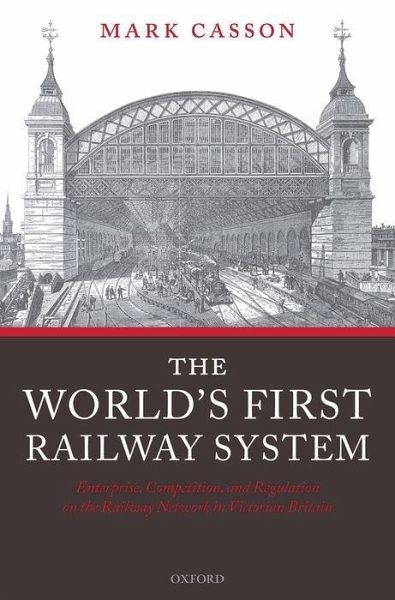
World's First Railway System
Enterprise, Competition, and Regulation on the Railway Network in Victorian Britain
Versandkostenfrei!
Versandfertig in 1-2 Wochen
130,99 €
inkl. MwSt.

PAYBACK Punkte
65 °P sammeln!
This is the first history of the British railway system written from a modern economic perspective. It uses conterfactual analysis to construct an alternative network to represent the most efficient alternative rail network that could have been constructed given what was known at the time - the first time this has been done.
Target group: academics and researchers of Transport History, Economic History, and Management Studies; those involved in transport policy-making and rail enthusiasts.
Target group: academics and researchers of Transport History, Economic History, and Management Studies; those involved in transport policy-making and rail enthusiasts.












